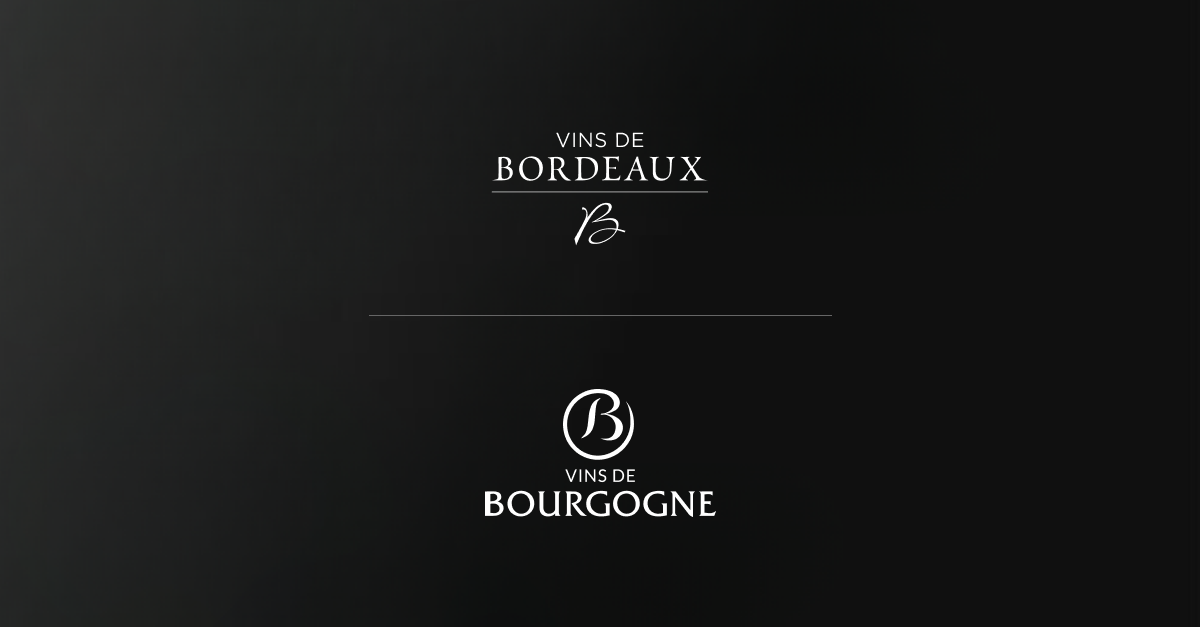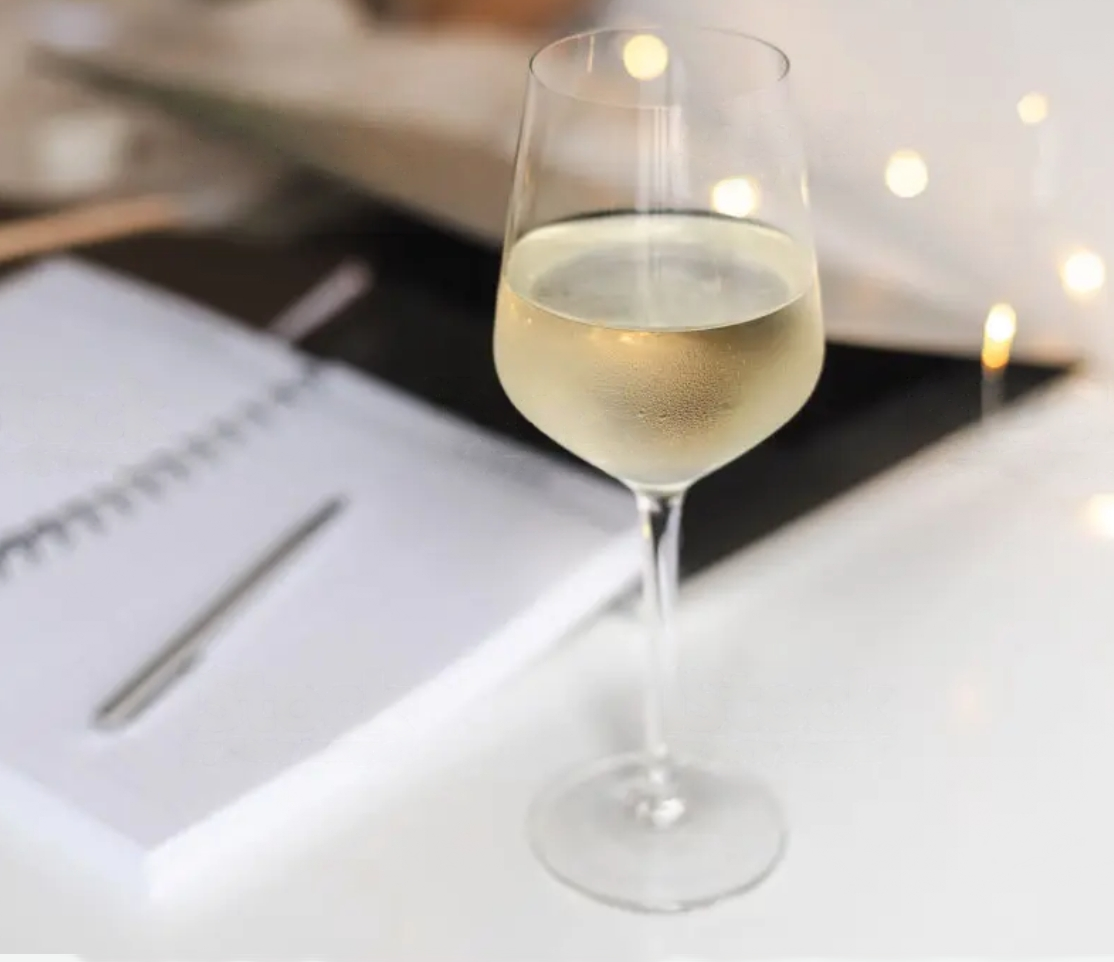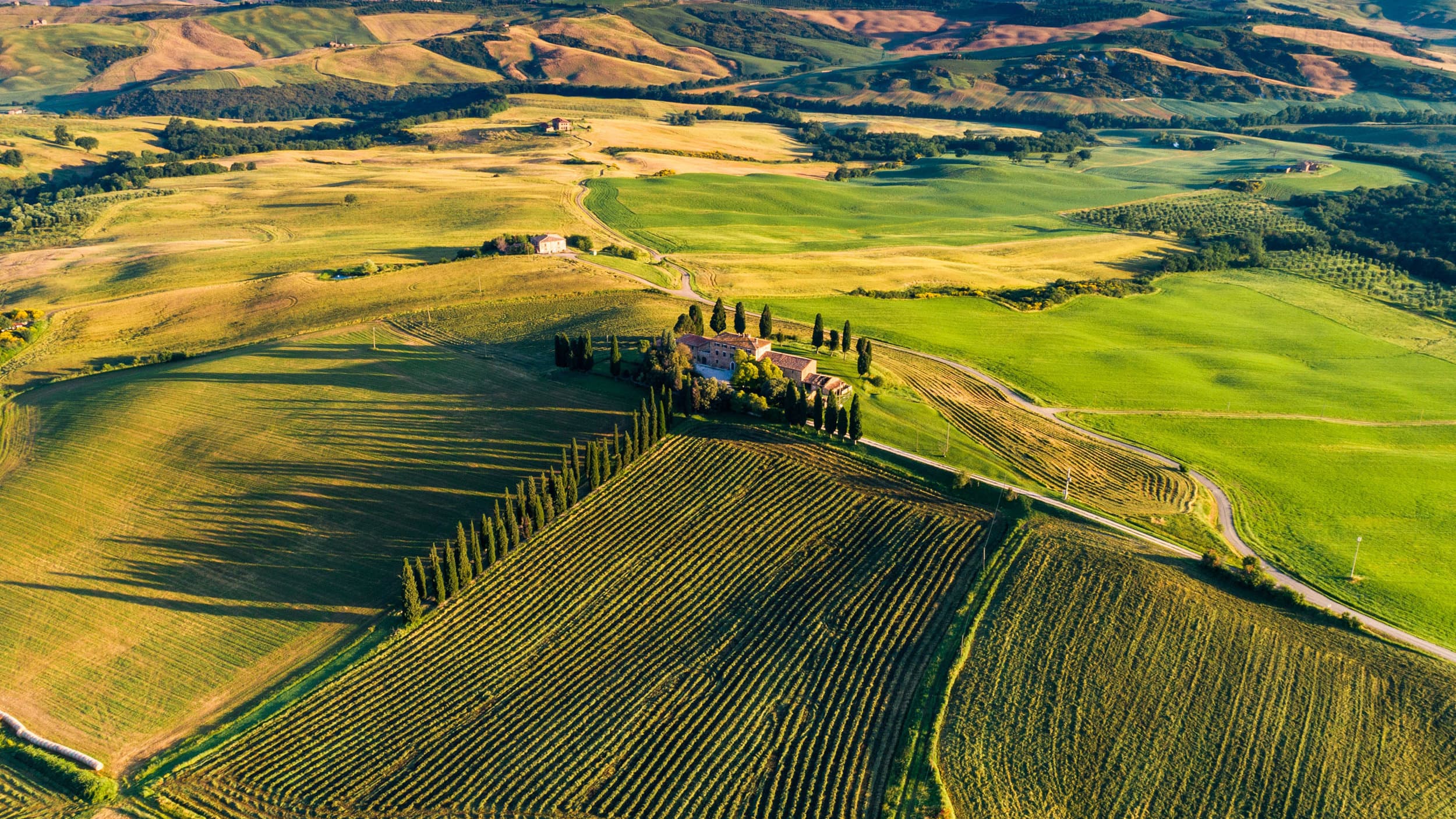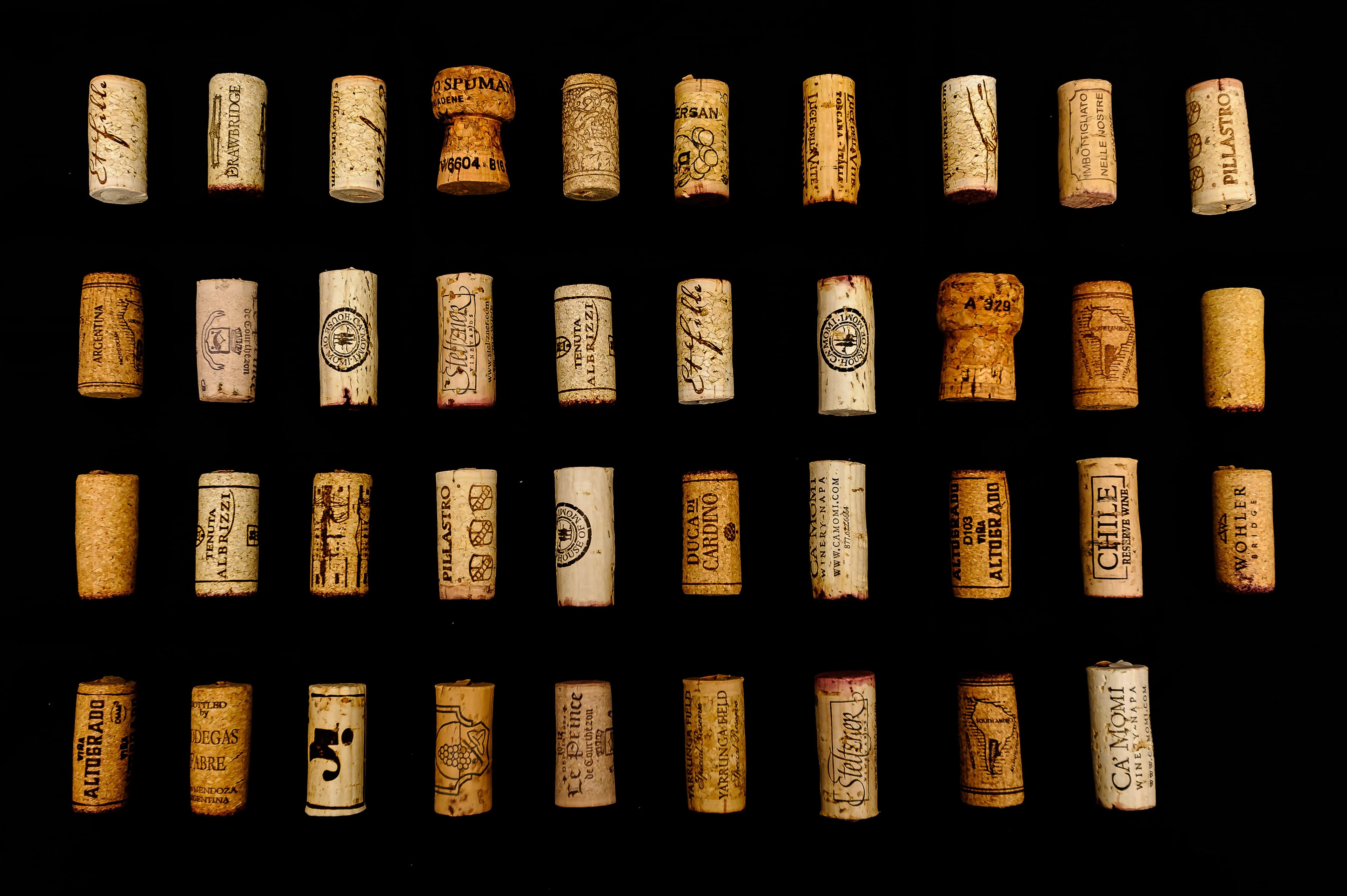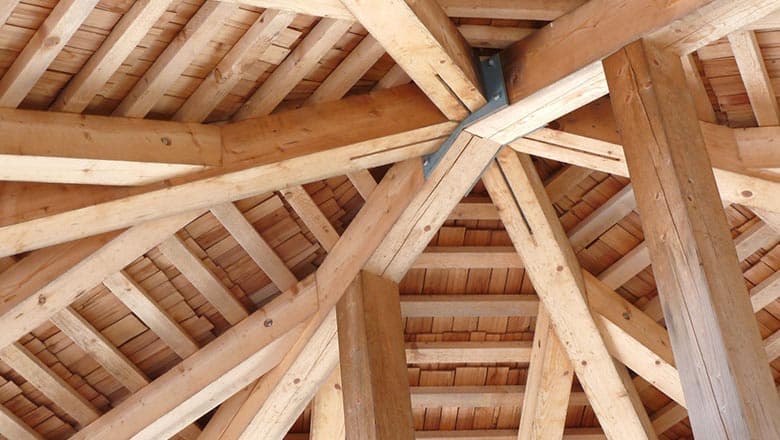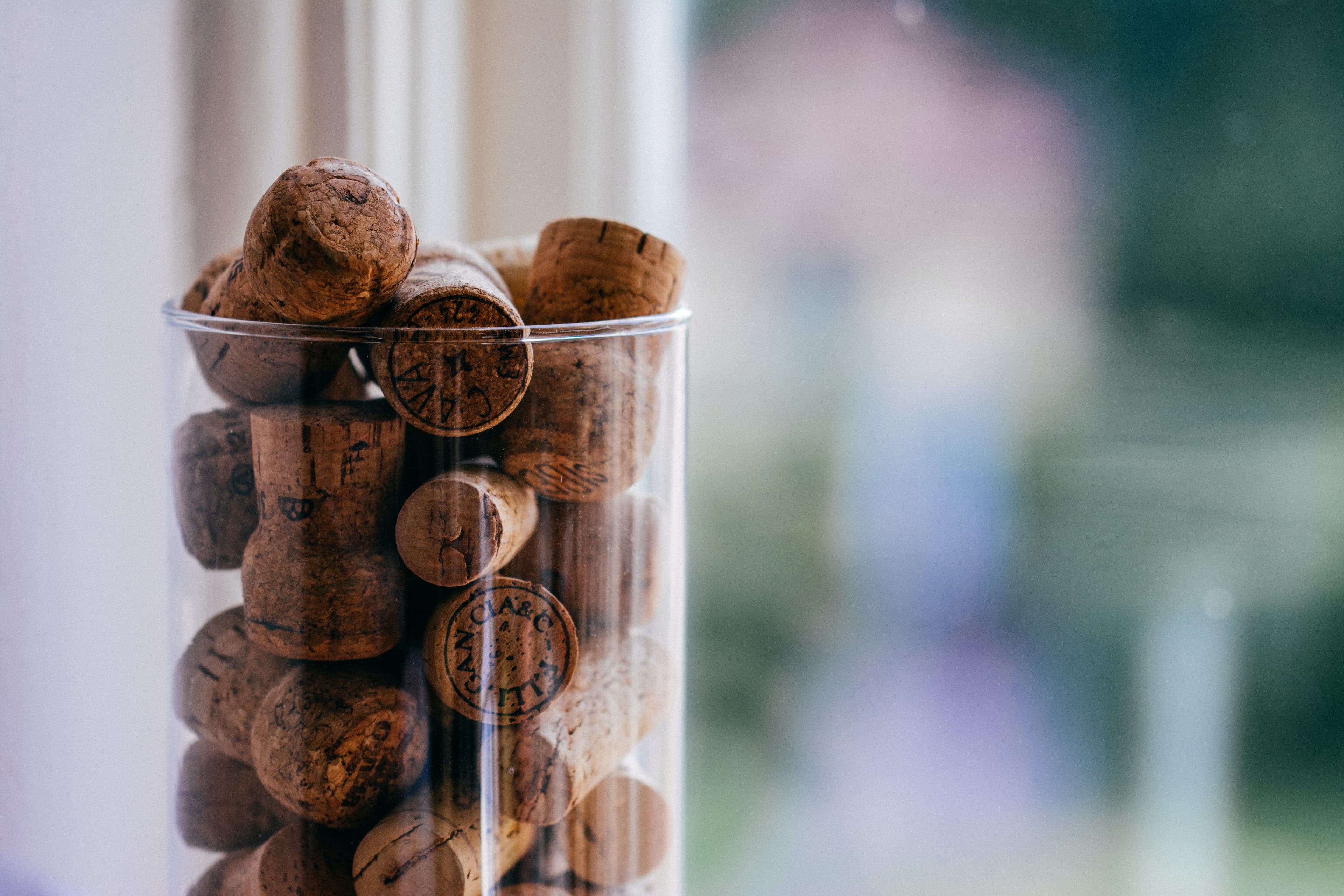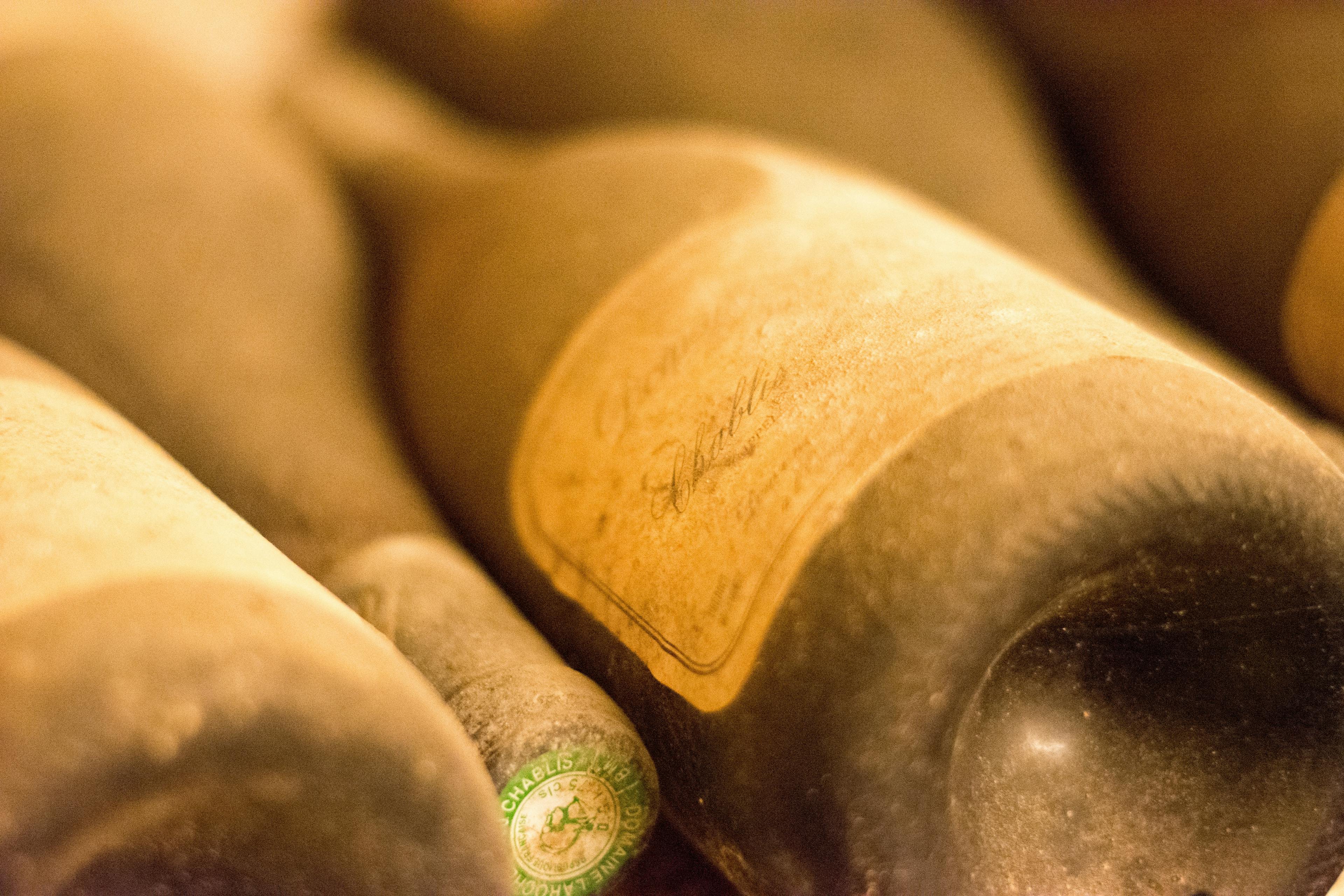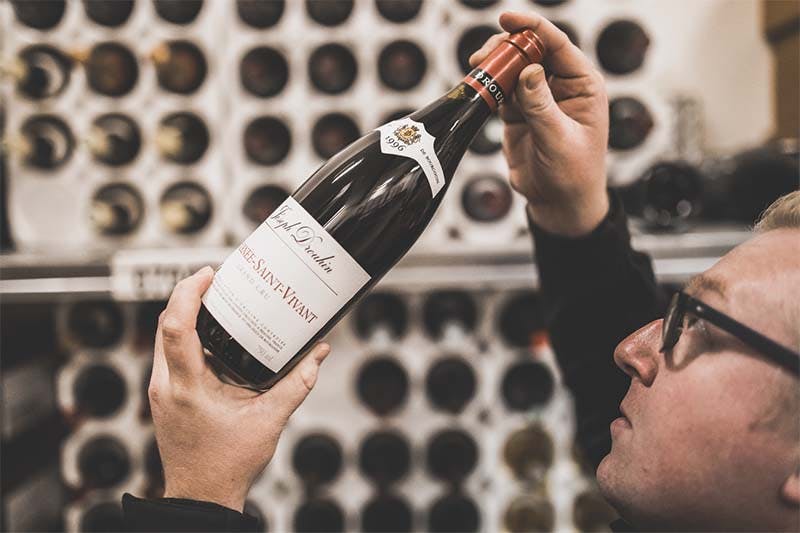
Clos de Tart, a prestigious Burgundy wine, demands a specific serving approach to fully appreciate its complex profile. Originating from an exclusive vineyard in the Côte de Nuits, this wine is celebrated for its depth and intricacy. Serving it correctly involves understanding the right temperature, decanting process, and glassware that best accentuates its unique characteristics. Whether you're a seasoned sommelier or a casual wine enthusiast, mastering the art of serving Clos de Tart can significantly enhance your tasting experience. This guide will provide you with detailed steps and expert advice to ensure you serve this exquisite wine in the manner it deserves.
Understanding the Ideal Serving Temperature
When serving Clos de Tart, the temperature at which the wine is served can significantly enhance its flavors and aromas. Typically, the ideal serving temperature for this prestigious Burgundy red wine is between 15°C to 18°C (59°F to 64°F). This range helps to balance the complex characteristics of the wine, ensuring that its full spectrum of flavors is adequately expressed without being overshadowed by excessive alcohol warmth.
Chill Slightly Before Serving: Cooling Clos de Tart slightly helps to tame the tannins and allows the delicate fruit flavors to come forward.
Use a Wine Thermometer: To achieve precision, utilizing a wine thermometer can prevent the wine from being served too warm or too cold, which could mask or alter its intended profile.
Consider the Vintage: Older vintages might benefit from being served at the upper end of the temperature range to better showcase their maturity and complexity.
Properly enjoying Clos de Tart not only involves appreciating its taste but also paying attention to these serving details that can make a significant difference.
Decanting Clos de Tart: Is it Necessary?
Decanting Clos de Tart, a prestigious Burgundy wine, often sparks debate among enthusiasts and sommeliers alike. The necessity of this practice hinges on several factors, primarily the age and sediment presence in the bottle. For younger vintages, decanting can help aerate the wine, enhancing its flavors and bouquet. Older bottles, however, might need decanting to separate the wine from any sediment that has formed over time.
Age of the Wine: Younger Clos de Tart wines benefit from decanting to open up their aroma and flavor profile. This process allows the wine to interact with oxygen, which can soften tannins and release a more complex bouquet.
Sediment Separation: In older vintages, sediment is likely to develop. Decanting these wines carefully ensures that the sediment remains in the bottle and not in your glass, providing a clearer, more pleasant drinking experience.
Enhancing Taste and Aroma: Regardless of age, decanting can improve the overall sensory experience of Clos de Tart by allowing it to breathe, which in turn highlights its unique characteristics.
In conclusion, whether decanting is necessary largely depends on these factors, and considering them can significantly enhance your enjoyment of Clos de Tart.
Choosing the Right Glassware for Clos de Tart
When serving Clos de Tart, selecting the appropriate glassware is crucial to fully appreciate its complexity and depth. The right glass can enhance the wine's aromas and flavors, ensuring a memorable tasting experience. For this Burgundy wine, a pinot noir glass is typically recommended. Its wide bowl and slightly tapered top allow the wine to breathe, capturing the delicate nuances of each sip.
Material: Opt for crystal over glass. Crystal is thinner and smoother, which helps in accentuating the wine's aroma and maintaining the temperature.
Shape: A wider base that narrows at the top is ideal. This design helps to concentrate the bouquet towards the nose while sipping, enhancing the overall sensory experience.
Size: Choose a glass that holds at least 12 ounces, giving the wine ample space to aerate.
Understanding the craftsmanship behind Clos de Tart can also influence your choice of glassware. The meticulous attention to detail in the wine's production is mirrored in the quality and design of suitable glassware, making every glass of Clos de Tart a tribute to its heritage and quality.
The Role of Aeration in Enhancing Flavor
Aeration plays a crucial role in enhancing the flavor of Clos de Tart, a prestigious Burgundy wine. When wine is exposed to air, it undergoes a process known as oxidation, which can significantly alter its flavor profile. For wines like Clos de Tart, which are rich in complexity and depth, aeration allows the tannins to soften and the wine's full spectrum of aromas and flavors to emerge more prominently.
Decanting: This is one of the most effective methods to aerate wine. By transferring the wine from the bottle to a decanter, it interacts with oxygen more broadly. This exposure helps in mellowing the wine’s robust tannins and enhances its aromatic profile.
Using an Aerating Pourer: For those who do not wish to wait, an aerating pourer can speed up the process. This tool attaches to the bottle’s mouth and aerates the wine as it is poured, injecting air and unlocking flavors and aromas instantly.
Swirling the Glass: Simply swirling wine in the glass can introduce enough air to change its character. This method is particularly useful when tasting or serving wine in settings where decanting may not be practical.
Understanding the history of Clos de Tart can also enhance appreciation for its unique qualities, making the aeration process even more rewarding.
Serving Size: How Much is Just Right?
When serving Clos de Tart, determining the right amount per glass is crucial to fully appreciate its complex flavors and aromas. Typically, a standard serving size for red wine, including this prestigious Burgundy, is about 5 ounces. This measurement ensures that each guest can savor the wine's depth without overwhelming the palate.
To enhance the experience, consider the following guidelines:
Use a proper wine glass with a broad bowl to allow the wine to breathe, releasing more aromatic compounds.
Fill the glass to the widest part of the bowl; this not only optimizes aeration but also gives the wine sufficient room to swirl.
Serve Clos de Tart at a slightly cooler than room temperature, around 60-65 degrees Fahrenheit, to best capture its unique characteristics.
Pairing Clos de Tart with the right food pairings can elevate the tasting experience. Rich meats or earthy vegetables are ideal companions, as they complement the wine’s robust profile. Remember, the goal is to balance the flavors, allowing both the wine and the dish to shine without overpowering each other.
Timing: When to Open the Bottle Before Serving
Timing is crucial when planning to serve Clos de Tart, as it significantly influences the wine's flavor and overall experience. Ideally, the bottle should be opened several hours before serving. This allows the wine to breathe and fully express its complex aromas and flavors. For a young Clos de Tart, opening the bottle about 2-3 hours before consumption is recommended. This duration helps soften the tannins and enhances the wine's bouquet.
For older vintages, which are generally more delicate, a shorter breathing period is sufficient. About 30 minutes to 1 hour should suffice, as prolonged exposure to air might lead to oxidation, potentially spoiling the subtle nuances of the wine. It's also essential to ensure that the wine is stored correctly prior to opening. Proper storage helps maintain the wine's quality and can even improve its longevity. For detailed guidance on how to store Clos de Tart, ensuring it remains in perfect condition, consider specific temperature, humidity, and light conditions.
Pairing with Appetizers: Tips and Ideas
When planning an appetizer menu to complement Clos de Tart, consider the wine's rich and complex profile. This Burgundy red, known for its deep flavors and aromatic intensity, pairs wonderfully with a variety of starters. Here are some tips and ideas to enhance your pairing experience:
Cheese Selections: Opt for aged cheeses such as Gruyère or Comté. Their nutty and slightly sweet flavors harmonize beautifully with the wine's structure and depth.
Charcuterie Choices: Include cured meats like prosciutto or salami. The saltiness and fat content of these meats will balance the tannins in Clos de Tart, bringing out its fruity undertones.
Vegetarian Options: Offer stuffed mushrooms or roasted bell peppers. These dishes provide a savory contrast that highlights the wine’s earthy notes.
Seafood Delights: Prepare smoked salmon canapés or shrimp cocktail. The smokiness and natural sweetness of seafood offer a delightful pairing with the subtle spice notes of the wine.
For more insights into this exquisite wine, explore these facts about Clos de Tart. This knowledge will not only impress your guests but also enhance the overall dining experience.
The Importance of Serving Order in Wine Tasting
When hosting a wine tasting event, the sequence in which wines are served can significantly influence the overall experience and perception of each bottle. This is particularly true for a distinguished wine like Clos de Tart. Serving order is crucial because it prepares the palate to fully appreciate the complexity and unique characteristics of each wine.
For instance, lighter wines should generally be tasted before heavier, fuller-bodied ones. Starting with a delicate white or a young red allows the palate to warm up without being overwhelmed. Following this, more robust wines, such as Clos de Tart, can be introduced. This progression ensures that the subtler flavors of lighter wines aren't overshadowed by the bold profiles of heavier selections.
Additionally, consider the sugar content:
Dry wines are typically served before sweeter ones to prevent the sweetness from dominating the palate, which might mask the nuances of drier wines that follow.
Adhering to these guidelines helps in creating a balanced tasting that highlights each wine's strengths, providing guests with a memorable and educational experience.
How to Handle Leftover Wine
Handling leftover wine, especially from popular vintages, requires careful consideration to maintain its quality. Here are some effective methods:
Re-corking Immediately: As soon as you finish pouring, re-cork the wine bottle. Ensure the cork is snug to minimize oxygen exposure, which can rapidly degrade the wine.
Refrigeration: Store the re-corked bottle in your refrigerator. Cooler temperatures slow down the oxidation process, helping preserve the wine's flavors and aromas for a few more days.
Wine Preservation Tools: Consider investing in a wine preserver. Devices like vacuum pumps or gas systems can significantly extend the shelf life of your wine by removing air from the bottle or replacing it with an inert gas.
Smaller Containers: Transfer the leftover wine into a smaller bottle. Less air in the container means less oxidation. Make sure the seal is tight for optimal preservation.
Creative Use: If the wine begins to turn, use it in cooking. Wine can enhance the flavor of sauces, marinades, and stews, adding depth and complexity to your dishes.
Educating Guests About Clos de Tart During Serving
When serving Clos de Tart, it's essential to educate your guests about its unique characteristics and rich history. This not only enhances the tasting experience but also deepens appreciation for the wine.
Origin and History: Begin by sharing that Clos de Tart is a prestigious Grand Cru vineyard located in the Burgundy region of France, specifically in Morey-Saint-Denis. It was established in the 12th century by nuns from the Tart Abbey, making it one of the oldest continuously operating vineyards in the world.
Grape Variety: Explain that Clos de Tart is exclusively made from Pinot Noir grapes. This variety is renowned for producing some of the finest wines in the world, characterized by their complex aromas and profound depth.
Tasting Notes: Describe the typical flavors and aromas guests can expect. Clos de Tart is often noted for its rich berry flavors, with hints of earth and spice, and a well-balanced acidity that contributes to its elegance.
Vinification Process: Discuss the meticulous process involved in creating Clos de Tart. The vineyard practices sustainable viticulture, and each vintage is hand-harvested and carefully sorted to ensure only the best grapes are used.
By providing this information, you not only inform your guests but also create a more immersive and memorable wine tasting experience.
Conclusion
In conclusion, serving Clos de Tart, like any prestigious wine, requires attention to detail to fully appreciate its complexity and depth. From selecting the right glassware to ensuring the wine is at the perfect temperature, each step plays a crucial role in enhancing the tasting experience. Decanting is particularly important for releasing the full spectrum of flavors and aromas locked within this exquisite wine. By following these guidelines, enthusiasts and connoisseurs alike can elevate their enjoyment of Clos de Tart, making every sip a memorable one.
At Rekolt, we understand the importance of not only serving wine correctly but also ensuring its provenance and storage conditions are optimal for future enjoyment and investment. Our fine wine marketplace offers a unique delivery option that includes professional cellar storage, allowing you to maintain your wine in ideal conditions until you decide it's the perfect time to savor or sell. This service ensures that the quality of your investment is preserved, and the wine's value can potentially increase over time. Whether you're planning to expand your collection, enjoy a special bottle, or explore the possibilities of wine trading, Rekolt provides the expertise and facilities to meet all your wine-related needs.
Share this article
